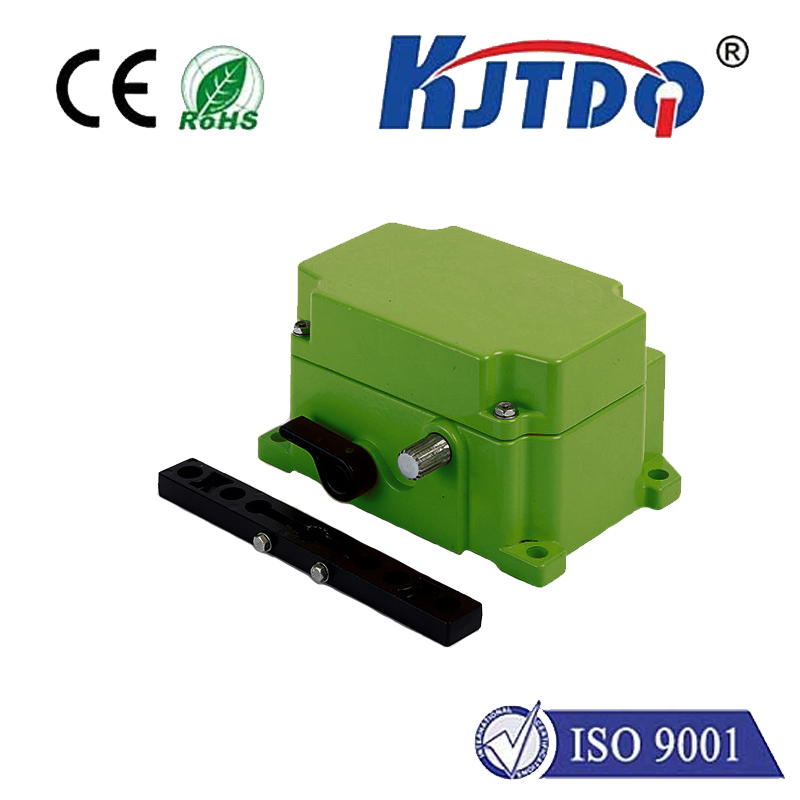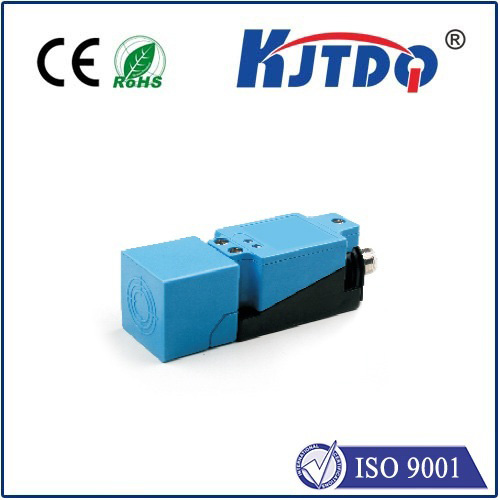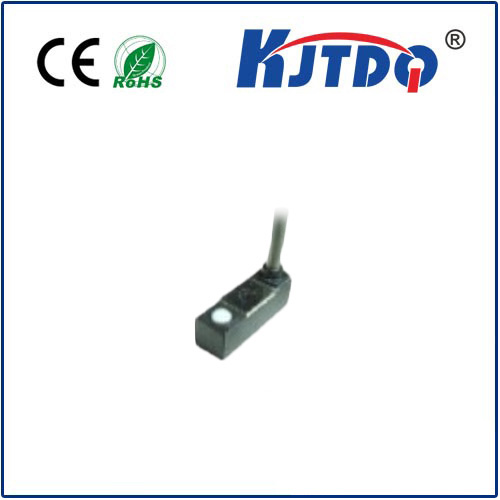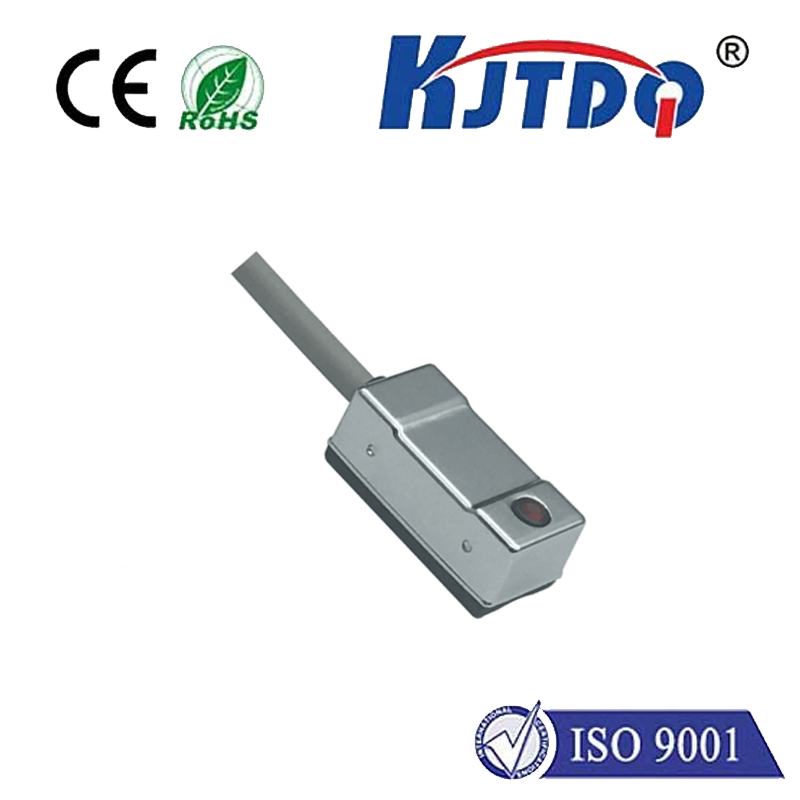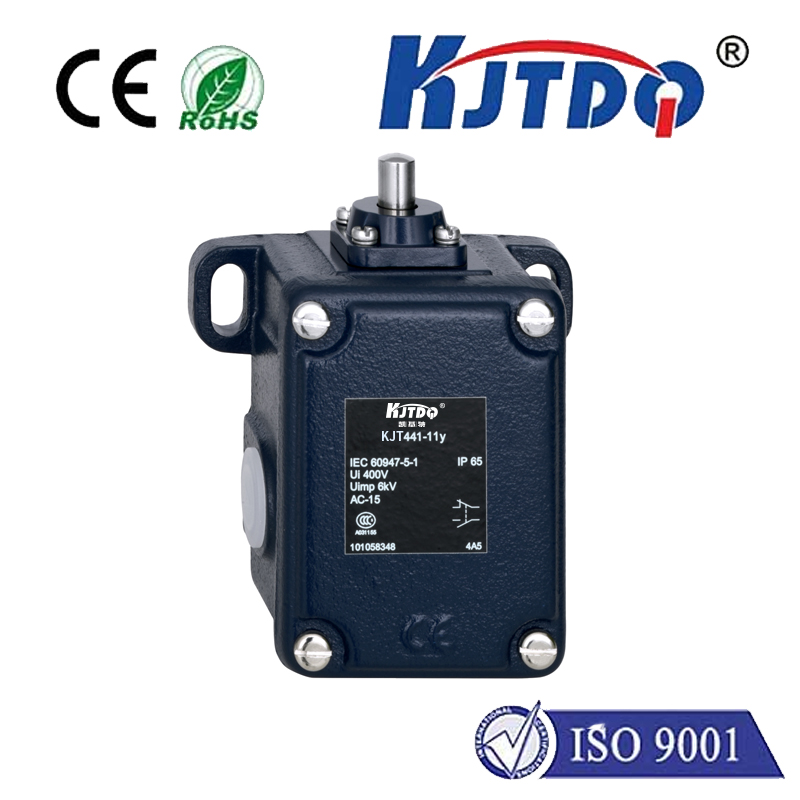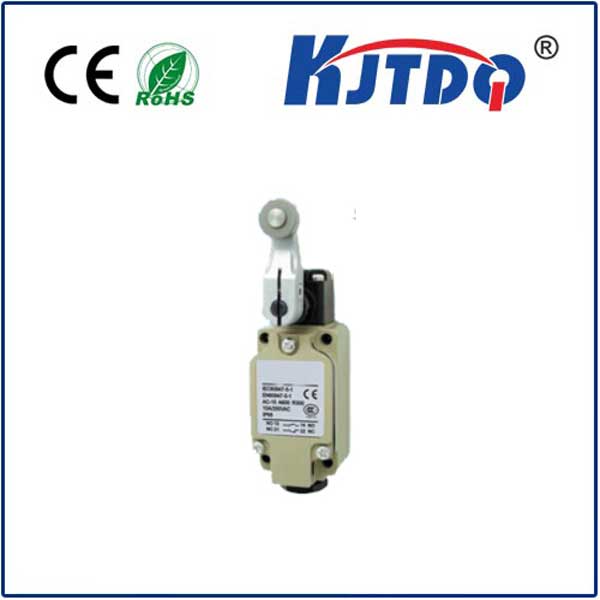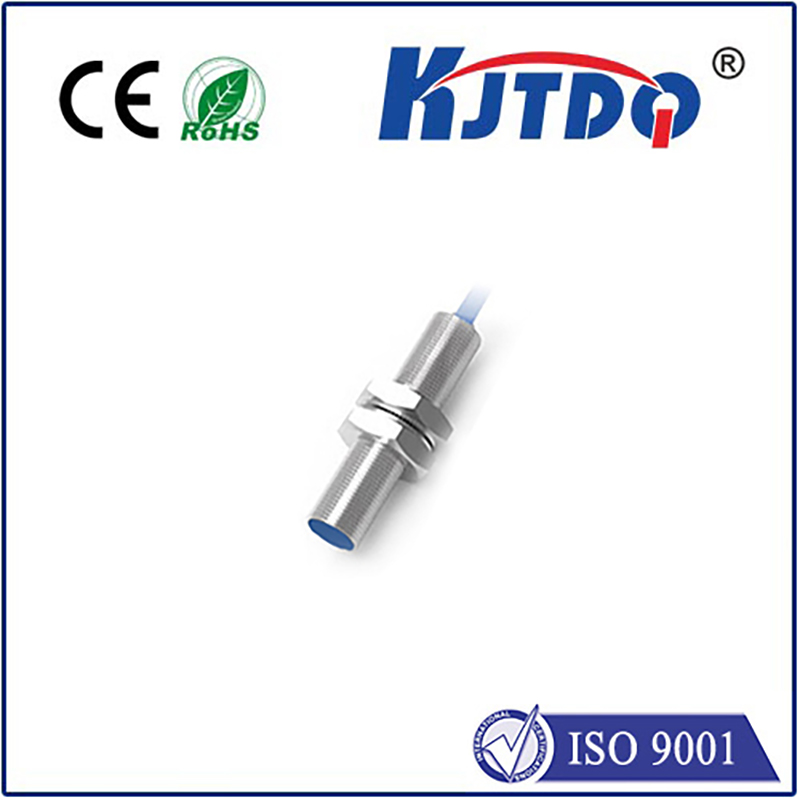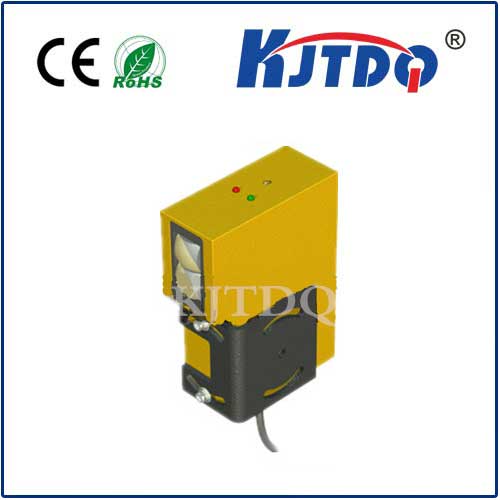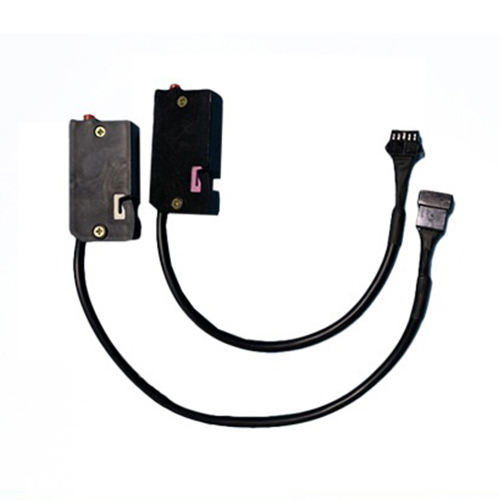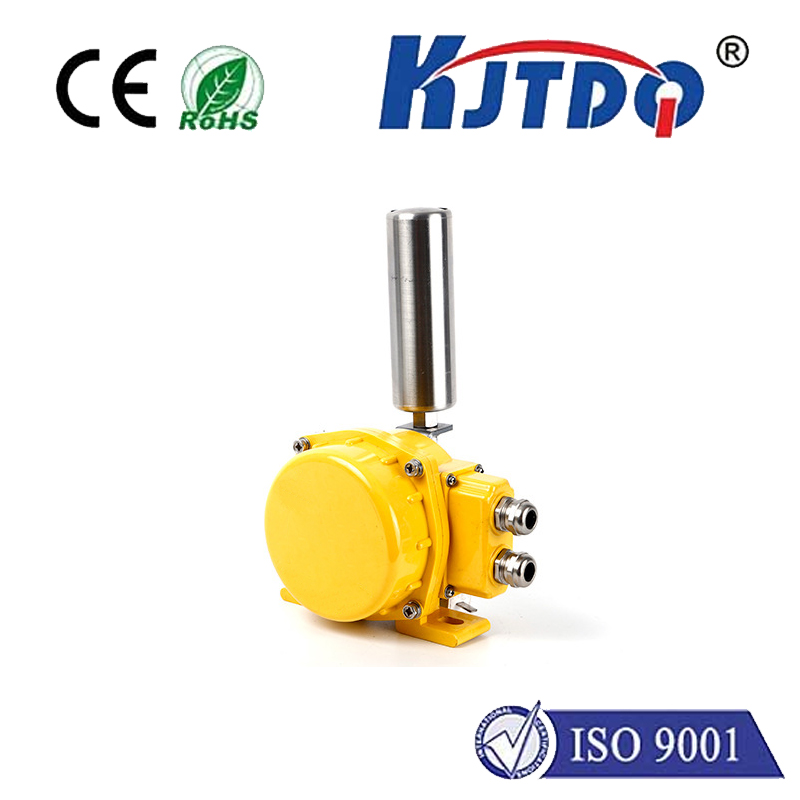тепловой датчик лазера малой мощности
- time:2025-03-24 01:03:50
- Нажмите:0
Thermal Sensors for Low-Power Lasers: Optimizing Performance and Safety in Precision Applications
In an era where miniaturized electronics and precision optics dominate innovation, low-power lasers have become indispensable. From medical devices to telecommunications, these lasers enable cutting-edge technologies—but their efficiency hinges on one often-overlooked component: thermal sensors. As demand grows for energy-efficient systems, understanding how thermal management impacts laser performance is critical. This article explores the role of thermal sensors in safeguarding low-power lasers, ensuring reliability while unlocking new possibilities across industries.
Why Thermal Management Matters for Low-Power Lasers
Low-power lasers, typically operating below 100 milliwatts, are prized for their precision and energy efficiency. However, even minimal heat generation can degrade performance. Excess heat alters the laser’s wavelength stability, reduces output power, and shortens component lifespan. In applications like fiber-optic communications or biomedical imaging, such deviations can lead to data loss or compromised diagnostic accuracy.
Thermal sensors act as the first line of defense. By monitoring temperature fluctuations in real time, these sensors enable dynamic adjustments to cooling systems or laser drivers. For instance, in diode lasers—common in barcode scanners—a temperature rise of just 10°C can shift emission wavelengths by 1 nm, rendering them ineffective. Thermal sensors mitigate this by triggering corrective measures before critical thresholds are crossed.

Key Challenges in Thermal Sensing for Low-Power Systems
Designing thermal sensors for low-power lasers isn’t without hurdles. The devices must balance three factors:
- Чувствительность: Detecting minute temperature changes without interfering with laser operation.
- Время отклика: Reacting swiftly to thermal shifts to prevent performance degradation.
- Power Efficiency: Avoiding parasitic power consumption that negates the laser’s low-energy advantage.
Traditional thermistors, while cost-effective, often lack the precision needed for sub-100 mW lasers. Conversely, infrared (IR) thermal cameras offer high resolution but are bulky and power-hungry. Emerging solutions like thin-film thermopiles and microelectromechanical systems (MEMS)-based sensors address these gaps. For example, MEMS sensors integrate directly into laser modules, providing localized temperature data with sub-milliwatt power draw.
Innovations Driving Thermal Sensor Technology
Recent advancements are reshaping how thermal sensors interact with low-power lasers:
- Silicon Photonics Integration: By embedding thermal sensors into laser chips, manufacturers achieve real-time heat mapping without external components. This approach, used in coherent optical transceivers, reduces latency and improves signal integrity.
- Graphene-Based Sensors: Graphene’s exceptional thermal conductivity and sensitivity make it ideal for detecting subtle temperature changes. Researchers at MIT recently demonstrated a graphene sensor capable of resolving 0.1°C variations in laser diodes—a breakthrough for quantum computing applications.
- Self-Calibrating Systems: Algorithms that compensate for sensor drift over time ensure long-term accuracy. Companies like Texas Instruments now incorporate machine learning into thermal management ICs, adapting to environmental changes autonomously.
Applications Showcasing Thermal Sensor Impact
The synergy between thermal sensors and low-power lasers is transforming industries:
- Healthcare: In laser dermatology, sensors maintain optimal temperatures during procedures, minimizing tissue damage. Portable devices, such as handheld laser therapy tools, rely on compact thermal sensors to ensure safe operation.
- Telecommunications: Fiber-optic networks use distributed feedback (DFB) lasers stabilized by thermal sensors. This prevents wavelength drift, ensuring data transmission speeds exceed 100 Gbps.
- Потребительская электроника: Smartphones with LiDAR sensors (e.g., iPhone’s Face ID) employ thermal regulation to sustain accuracy during prolonged use.
A case study from Honeywell highlights this synergy: Their aerospace division integrated microthermal sensors into low-power laser rangefinders, reducing power consumption by 30% while maintaining sub-millimeter accuracy.
Future Trends and Sustainability Considerations
As the Internet of Things (IoT) and 5G networks expand, the demand for efficient low-power lasers—and their thermal sensors—will surge. Key trends include:
- Energy Harvesting Sensors: Devices that draw power from laser waste heat, creating self-sustaining systems.
- Quantum Dot Sensors: Nanoscale materials offering unparalleled thermal resolution for next-gen photonic circuits.
- Eco-Design: Manufacturers are prioritizing recyclable materials in sensor production to align with global sustainability goals.
From lab to marketplace, thermal sensors are proving indispensable in maximizing the potential of low-power lasers. By addressing thermal challenges head-on, engineers are not only enhancing performance but also paving the way for innovations we’ve yet to imagine. Whether in life-saving medical tools or lightning-fast data networks, the marriage of precise thermal management and laser technology continues to redefine what’s possible.

